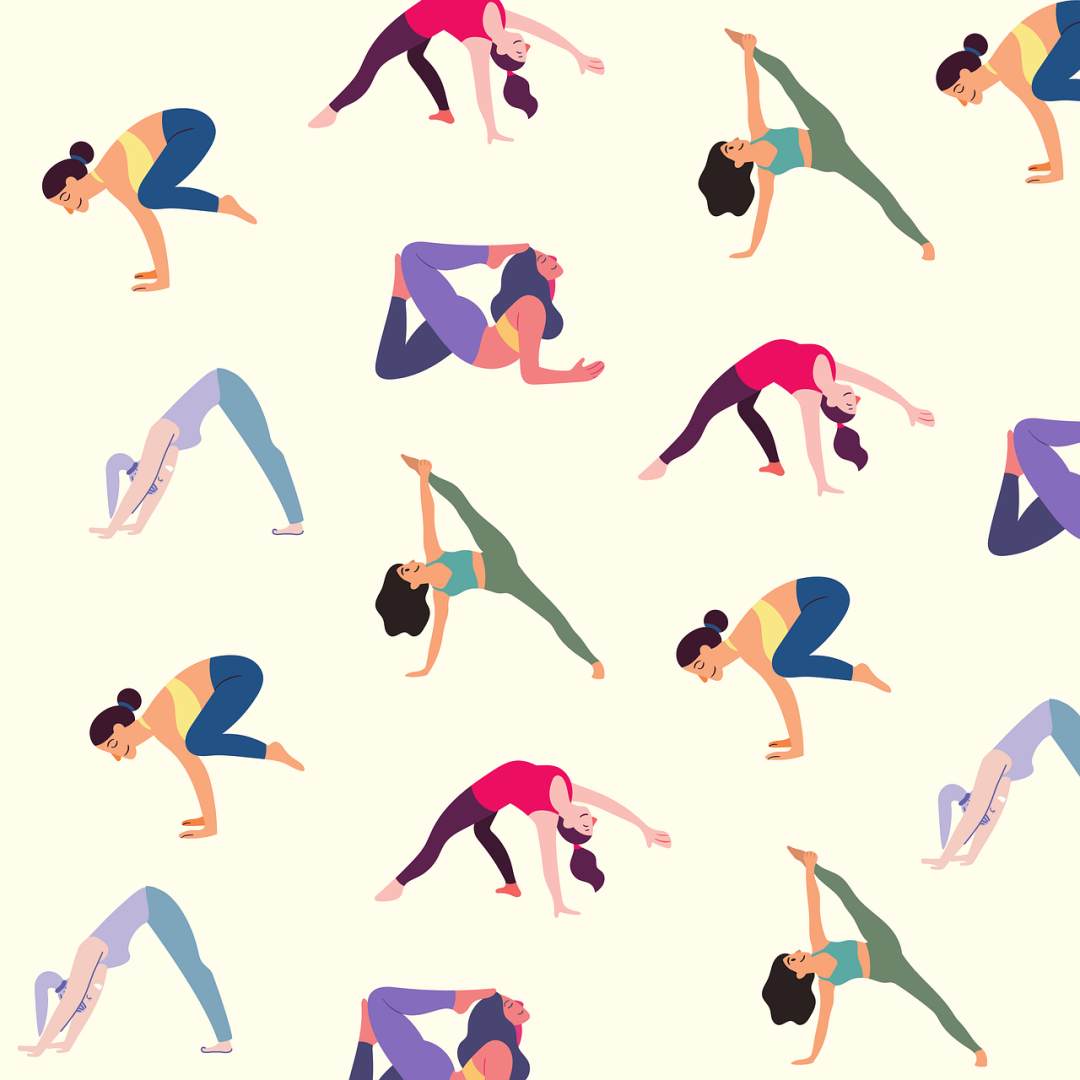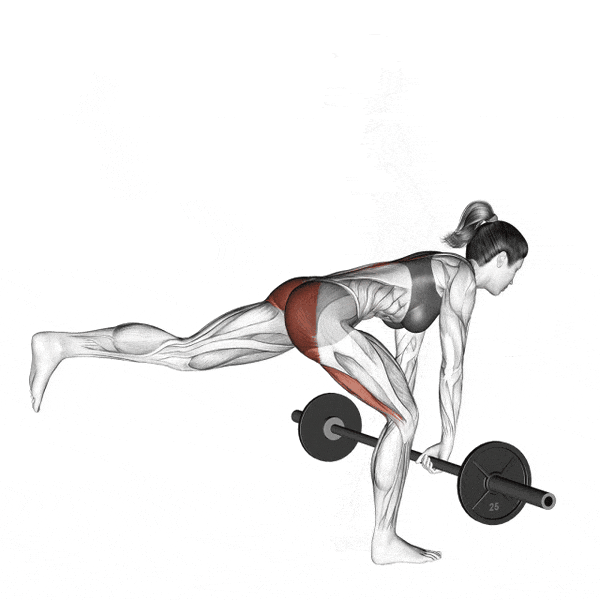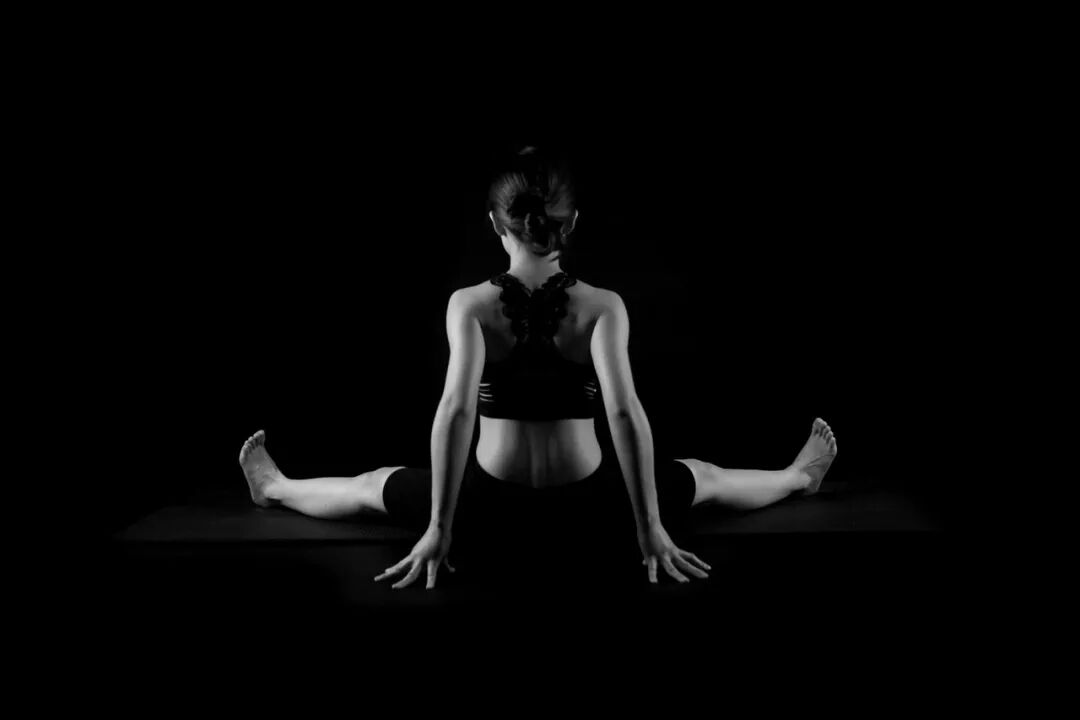What is Gluteal Tendinopathy and why is it more common in women?


Have you ever heard of ‘yoga butt’ [link to article]? Medically known as gluteal tendinopathy, it can be the cause of lateral [side] hip pain.
While hip pain can be caused from many things – arthritis to bursitis – what is interesting specifically for women, is that gluteal tendinopathy has a specific link to women going through peri- or post- menopause.

The pain occurs when collagen fibers in the tendons that connect the muscles in the buttocks to the bones of the pelvis and thigh become ‘disorganized’. When your muscles contract, the force transfers through the tendons to pull on the bones in order for that body part to move. Exercise causes tendon breakdown, which your body rebuilds when you rest. But if you break down more than you build up, you can develop inflammation, or swelling and pain (tendonitis).
Adding to that, sometimes the collagen fibers that make up the tendons grow in different directions during the rebuilding process. Without treatment, this can become a long term problem – and pain.

So, why then, does this issue affect women more as they age?
During this phase for women, there is a drop in estrogen levels, which is a hormone that keeps tendons healthy. As we get older, we also naturally lose muscle mass and produce less collagen which is found in connective tissue like cartilage and tendons.
Add to that lifestyle changes, which may reduce training regiments, such as exercises that focus on strength and balance, as well as gaining weight, or carrying weight differently, which can affect posture and body movements.
That said, it could also be a possibility that your hip pain is coming from something else, like arthritis, so it is important to get checked to make sure you are treating the root cause of the pain.
The importance of strength and stability
While this type of pain is more common as women age, it does not mean all is lost. Focusing on building strength and stability in the hip muscles can reduce, or even remove the pain, which is where seeing a physical therapist comes into the picture.
A physical therapist can correctly identify the problem as well as give you regular exercises to do, which can help reduce the pain, while building strength.
Some suggestions to try on your own:
1. Focus on strength over stretching
It might feel good to stretch and lengthen the tendon, especially if the hips feel tight, but it doesn’t necessarily ease this type of pain. Women tend to have a greater range of motion in the hips than men, which may require even more strength to help keep hips stabilized. Even better – do both strength and stretching, but if you can only focus on one, choose the former.

2. Stand like a flamingo
Standing on one foot is a type of move that strengthens the gluteal muscles and tendons. It’s a simple move that can be done daily – when you’re on the phone, brushing your teeth or even waiting in line. Any single-leg balance exercises can help. If you go to the gym regularly, try to incorporate some movements like a single leg deadlift. When standing with both feet, try to keep your legs shoulder-width apart, and when sitting avoid crossing your legs.

3. Add extra cushion
If you sleep on your side this can add extra pressure to the gluteal tendons on the bottom of the leg, or cause stretching of the gluteal tendon in the upper leg. By placing a pillow between your legs, and another between your ankles, this can help ease the pressure. For other sleep suggestions, check out this article on proper sleep positioning
👉 [link].
4. Do your homework
If you decide to follow a rehabilitation plan, make sure to do the exercises prescribed as closely as possible. Utilizing hip bands alongside a variety of exercises can help build strength. There are numerous exercises a physical therapist can prescribe, and what will most likely make the biggest difference, if followed correctly.
If your struggling with gluteal tendinopathy, schedule an appointment at UP to get seen. While the pain can be ‘manageable’, there’s no reason you should have to live with it on a daily basis. Even one session can set you up on a smooth road to recovery, and start living pain-free.

UP Medical

本篇文章来源于微信公众号: 上海优复康复医学门诊部

